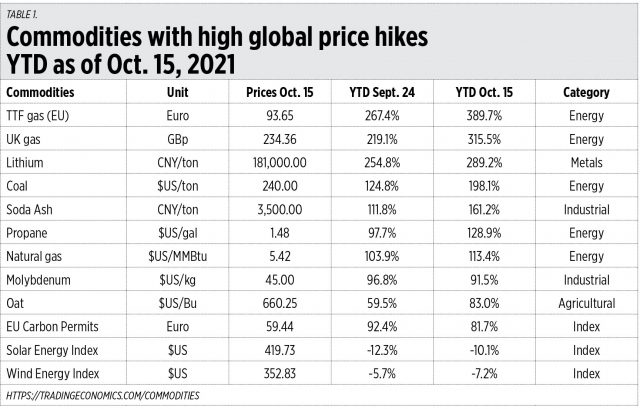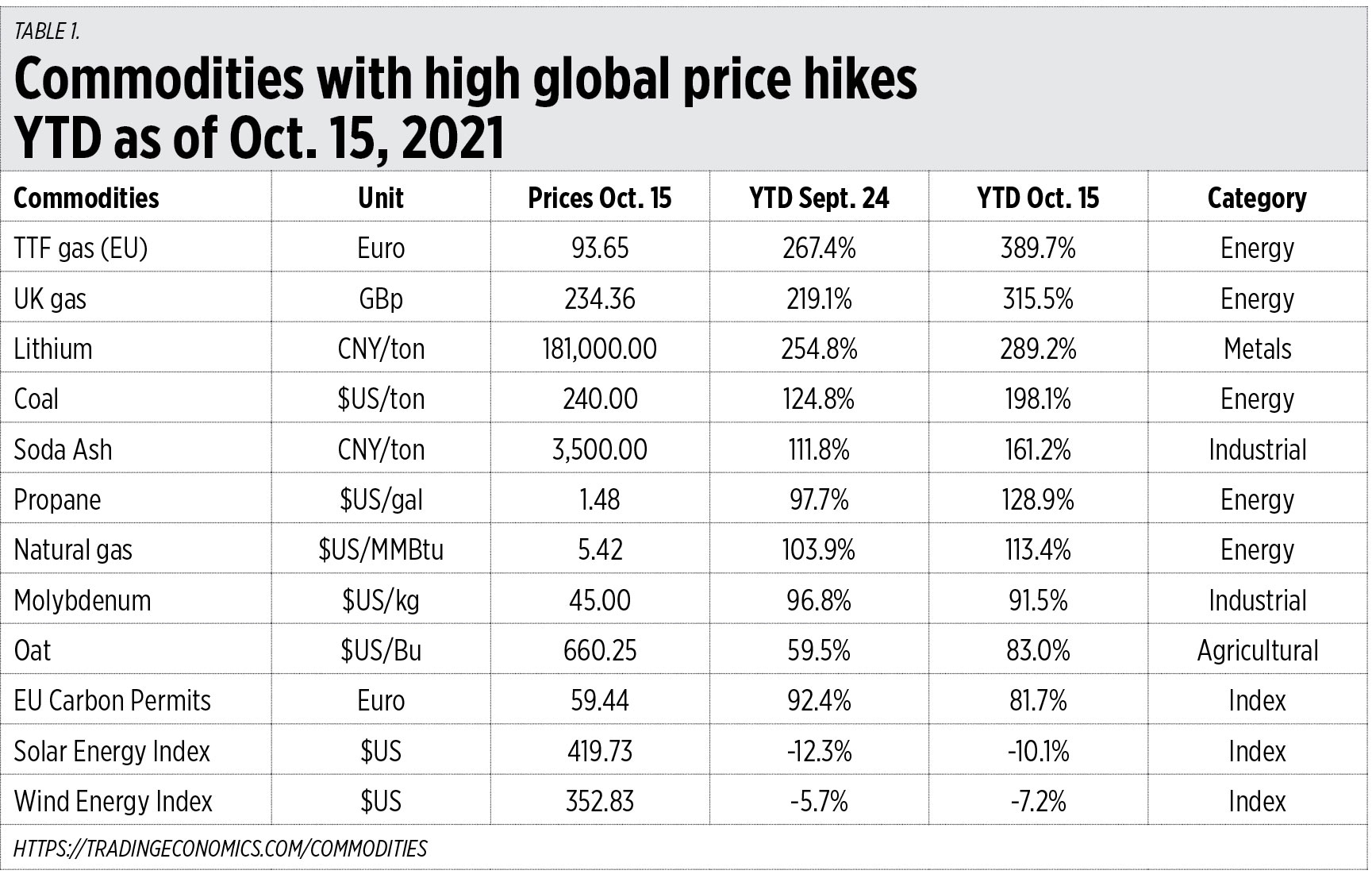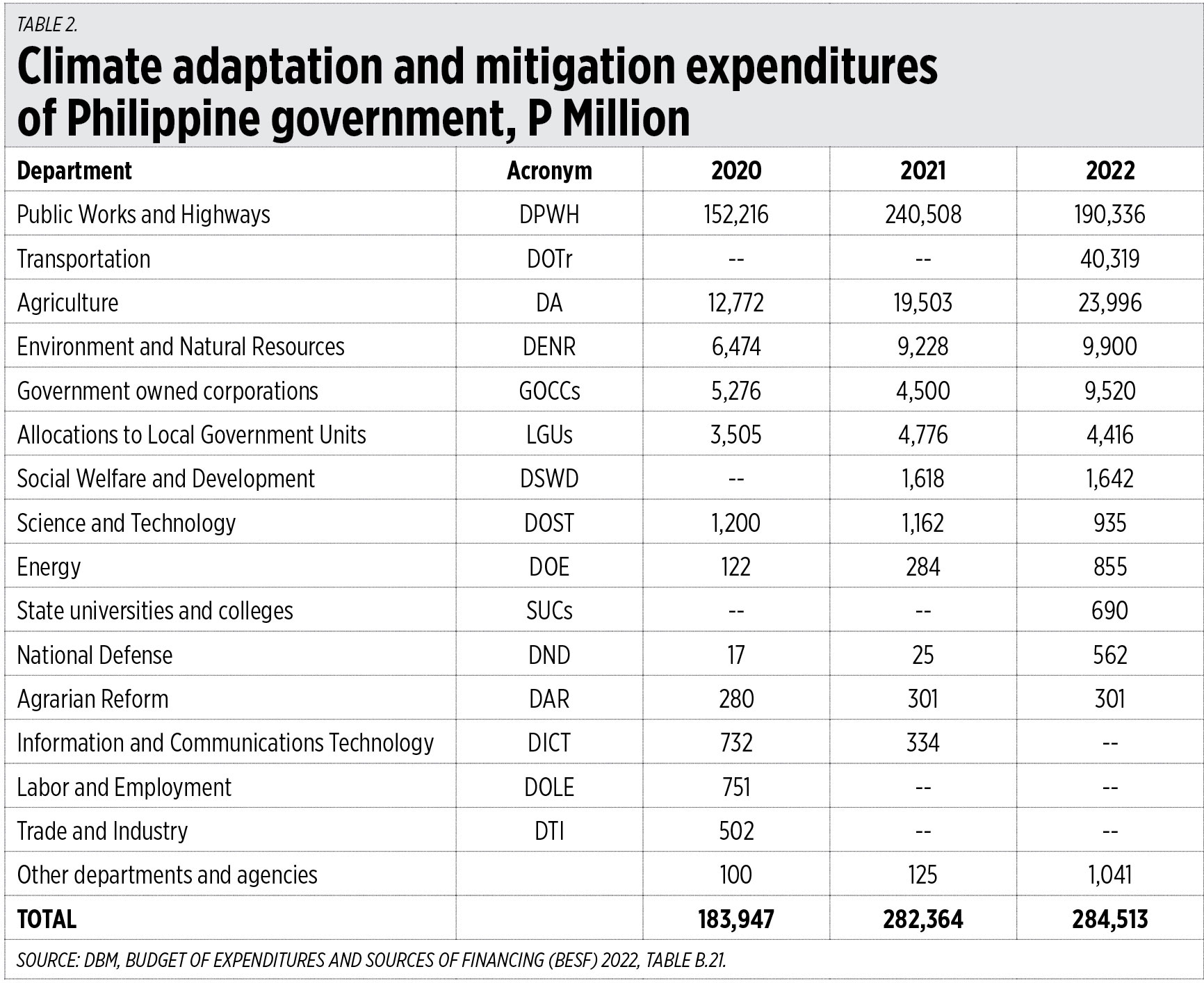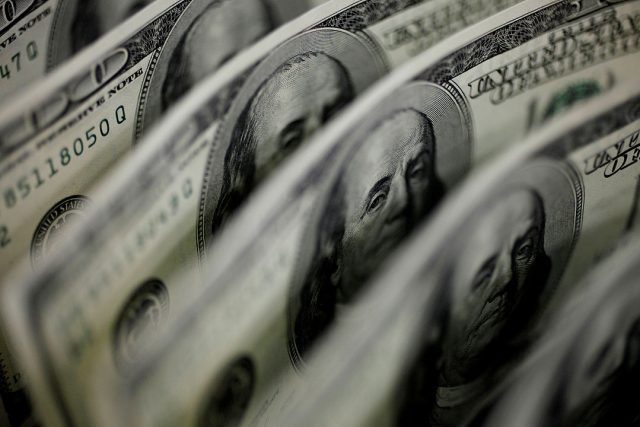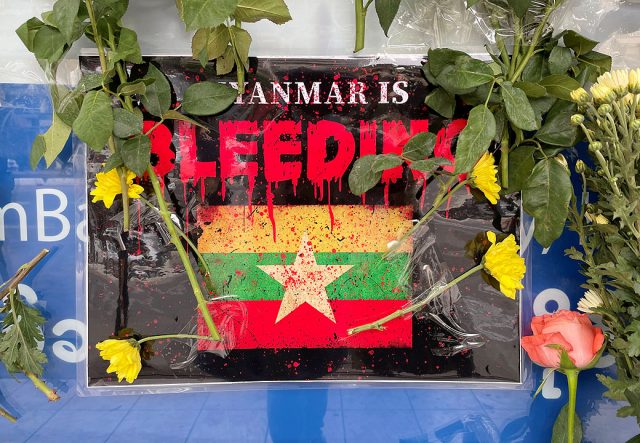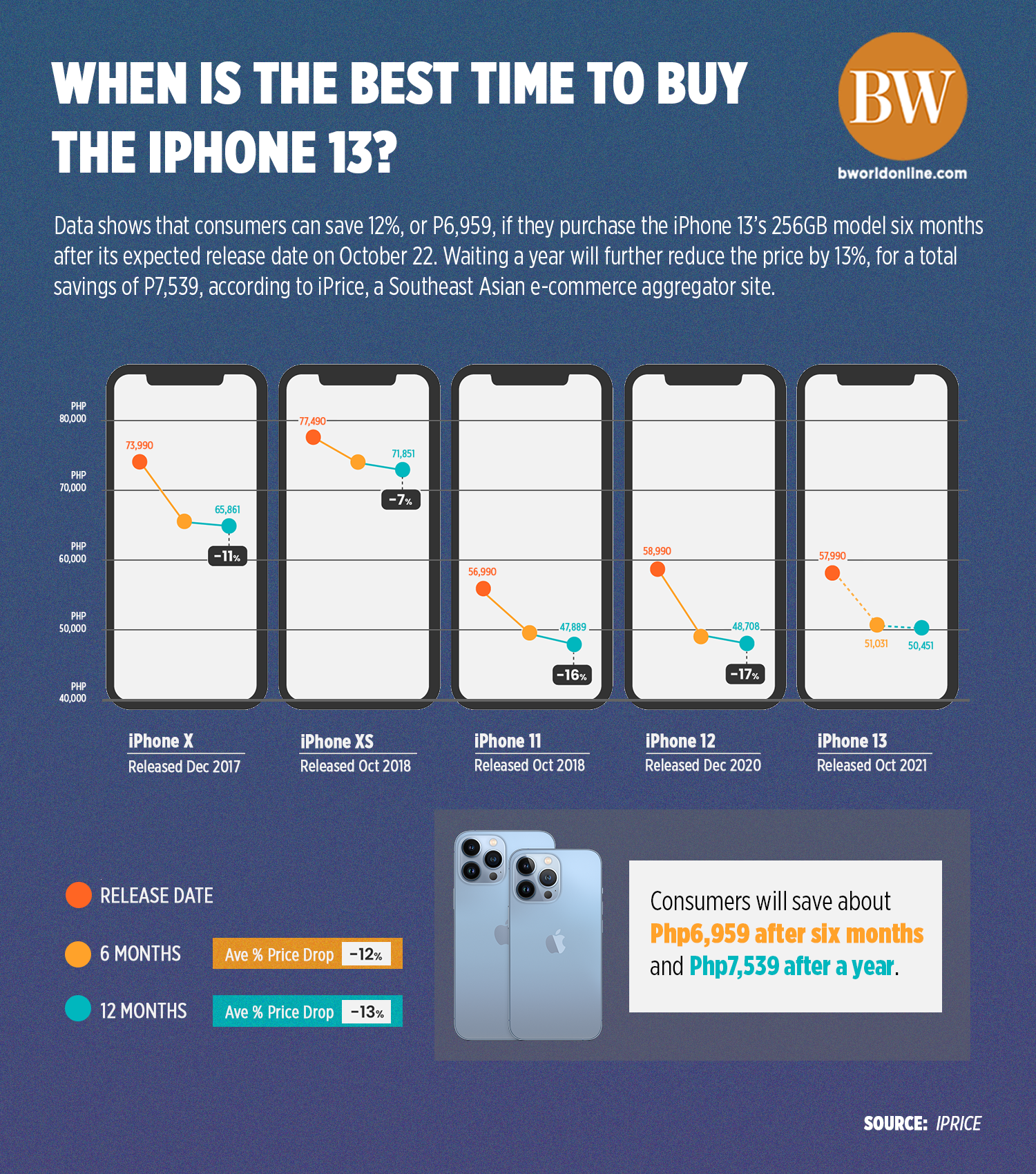DAK Prescott found CeeDee Lamb for a 35-yard touchdown pass with 3:52 left in overtime (OT) as the Dallas Cowboys held off the host New England Patriots 35-29 on Sunday for their fifth straight win.
Prescott finished 36 of 51 for 445 yards, three touchdowns and an interception for Dallas (5-1), which hasn’t lost since a 31-29 setback at Tampa Bay on opening night. Lamb hauled in nine catches for 149 yards and two TDs and Ezekiel Elliot rushed for 69 yards on 17 carries.
The Cowboys took over at their own 20-yard line after the Patriots won the coin toss and punted on the first possession of overtime. Prescott orchestrated a seven-play, 80-yard drive and connected with an open Lamb for the winning score. Prescott strained his right calf on the play and will have an MRI on Monday.
Mac Jones was 15 of 21 for 229 yards, including two touchdowns and an interception for New England (2-4). Damien Harris rushed 18 times for 101 yards and a touchdown and Kendrick Bourne led the Patriots with 75 receiving yards.
JAGUARS 23, DOLPHINS 20: Matthew Wright made a 53-yard field goal as time expired to help Jacksonville snap a 20-game losing streak, courtesy of a win over Miami in London.
Wright also made field goals of 54 and 40 yards. Entering this game, Jacksonville (1-5) had not made a single field goal this year. Rookie quarterback Trevor Lawrence completed 25 of 41 passes for 319 yards and one touchdown, and Marvin Jones, Jr. caught seven passes for 100 yards and one score.
Tua Tagovailoa returned from missing three games with fractured ribs and completed 33 of 47 passes for 329 yards and two touchdowns for Miami (1-5), which has lost five straight games. Rookie wideout Jaylen Waddle had 10 catches for 70 yards and two touchdowns, while tight end Mike Gesicki had nine receptions for 115 yards.
CARDINALS 37, BROWNS 14: Kyler Murray threw four touchdown passes and Arizona remained the lone unbeaten team in the National Football League (NFL) by rolling past host Cleveland.
Kyler Murray completed 20 of 30 passes for 229 yards, and DeAndre Hopkins hauled in a pair of scores as the Cardinals (6-0) cruised despite the absence of head coach Kliff Kingsbury (COVID-19 protocols).
Already injury-riddled, Cleveland (3-3), saw quarterback Baker Mayfield (shoulder), wide receiver Odell Beckham, Jr. (shoulder) and running back Kareem Hunt (calf) sustain injuries. Hunt did not return after his injury early in the fourth quarter. Mayfield finished 19 of 28 for 234 yards and two touchdowns, but had three turnovers. Donovan Peoples-Jones had four catches for 101 yards and two touchdowns.
CHIEFS 31, WASHINGTON 13: Patrick Mahomes passed for 397 yards and two touchdowns and Kansas City overcame three turnovers to topple Washington at Landover, MD.
Mahomes bounced back from two second-quarter interceptions, completing 32 of 47 passes. The Kansas City (3-3) defense, ranked 31st coming in, held Washington (2-4) scoreless in the second half. Tyreek Hill snagged nine receptions, and Travis Kelce added eight for 99 yards as the Chiefs’ offense rolled to 499 total yards.
Taylor Heinicke completed 24 of 39 passes for 182 yards, but Washington gained little offensive rhythm, recording just 76 second-half yards. J.D. McKissic led Washington with 110 yards from scrimmage.
RAVENS 34, CHARGERS 6: Baltimore played stingy defense in shutting down Justin Herbert and Los Angeles’ dynamic offense en route to a home win.
The Ravens (5-1) held Los Angeles (4-2) to just six points and 208 total yards. Herbert struggled to move LA’s offense against Baltimore’s suffocating defense, finishing 22 of 39 for 195 passing yards, with a touchdown and an interception. The Ravens held the Chargers to just 26 rushing yards.
Lamar Jackson didn’t fare much better statistically for the Ravens, completing 19 of 27 passes for 167 yards, a touchdown and two interceptions. However, unlike the Chargers, Baltimore established the running game, finishing with 187 rushing yards against one of the worst run defenses in the NFL.
RAMS 38, GIANTS 11: Matthew Stafford threw three touchdown passes during a dominating second quarter and Los Angeles remained undefeated in three road games by beating New York in East Rutherford, NJ.
Stafford was 22-of-28 passing for 251 yards, with four touchdowns and one interception. He threw second-quarter scores to Robert Woods, Cooper Kupp and Darrell Henderson, Jr. as the Rams (5-1) turned an early deficit into a 28-3 half time lead.
Henderson had 78 yards rushing on 21 carries and added a rushing touchdown, and Kupp finished with nine receptions for 130 yards. Giants quarterback Daniel Jones was 29-of-51 passing for 242 yards and three interceptions after spending the week recovering from a concussion last weekend at Dallas.
COLTS 31, TEXANS 3: Carson Wentz threw two touchdown passes, Jonathan Taylor rushed for 145 yards and a pair of touchdowns and host Indianapolis rode big plays in trouncing Houston.
Taylor gained 139 yards and posted both of his touchdowns in the second half as the Colts (2-4) methodically pulled away from the error-prone Texans (1-5), whose skid reached five games. Houston committed three turnovers, two of which the Colts converted into scores.
Wentz passed for 223 yards with scoring strikes of 51 yards to Parris Campbell in the first quarter and 28 yards to Mo Alie-Cox with 11:50 left in the third, with the latter score following a Darius Leonard interception of Texans rookie quarterback Davis Mills.
PACKERS 24, BEARS 14: Aaron Rodgers passed for two touchdowns and ran for another, Aaron Jones had 110 yards of total offense and the defense allowed its fewest points this season as Green Bay downed host Chicago.
The Packers (5-1) stretched their winning streak to five games, overcoming three Bears sacks to outgain Chicago 323-277, and Rodgers improved to 21-5 against the NFC North-rival Bears in his career. He was 17-for-23 through the air for 195 yards while rushing for 19 yards.
Bears quarterback Justin Fields was 16-for-27 passing for 174 yards with one touchdown and one interception, while adding 43 yards on the ground. Rookie Khalil Herbert rushed for 97 yards on 19 carries and scored his first NFL touchdown.
BENGALS 34, LIONS 11: Joe Burrow tossed three touchdown passes to lift visiting Cincinnati to a convincing victory over winless Detroit.
Burrow completed 19 of 29 passes for 271 yards and connected on scoring strikes to running backs Joe Mixon and Chris Evans and tight end C.J. Uzomah. Mixon finished with five catches for 59 yards and also added 18 rushes for 94 yards for the Bengals (4-2).
Jared Goff completed 28 of 42 passes for 202 yards for the Lions (0-6). Cincinnati’s aggressive defense limited winless Detroit to just four first downs and 51 total yards in the first half.
VIKINGS 34, PANTHERS 28 (OT): Kirk Cousins threw 27 yards to K.J. Osborn on the first possession of overtime as visiting Minnesota defeated Carolina in a mistake-filled game in Charlotte, NC.
Cousins threw three touchdown passes and Dalvin Cook returned to action by rushing for 140 yards and a touchdown on 29 carries. Cousins went 33-for-48 for 373 yards through the air.
Panthers quarterback Sam Darnold was 17-for-41 for 207 yards, one touchdown and one interception. Carolina forced overtime by driving 96 yards, scoring on Darnold’s 7-yard pass to Robby Anderson and converting a two-point conversion pass with 42 seconds left.
RAIDERS 34, BRONCOS 24: Derek Carr was 18-for-27 passing for 341 yards and two touchdowns, Kenyan Drake had a touchdown run and catch, and visiting Las Vegas beat Denver on Sunday.
Henry Ruggs III had three catches for 97 yards and a touchdown and Josh Jacobs ran for another for Las Vegas (4-2). Terry Bridgewater was 35-for-49 passing for 334 yards, three touchdowns and three interceptions, Noah Fant had nine catches for 97 yards and a score. Courtland Sutton had eight receptions for 94 yards and a touchdown for Denver (3-3).
The Raiders were playing their first game since Jon Gruden resigned as head coach after offensive e-mails were made public last week. Rich Bisaccia was elevated to interim head coach. — Reuters








